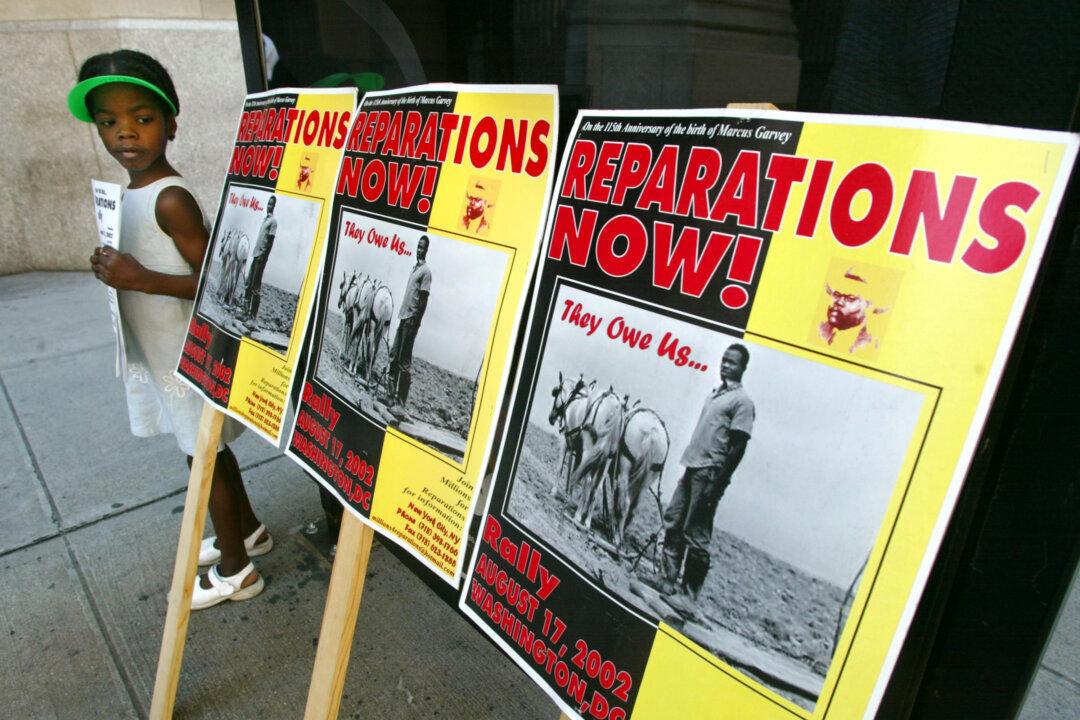Commentary
The Full Interim Report just released by the California Reparations Task Force is a naïve document that will do the opposite of its intention. The group’s full title front-loads its conclusion: the California Task Force to Study and Develop Reparation Proposals for African Americans.





